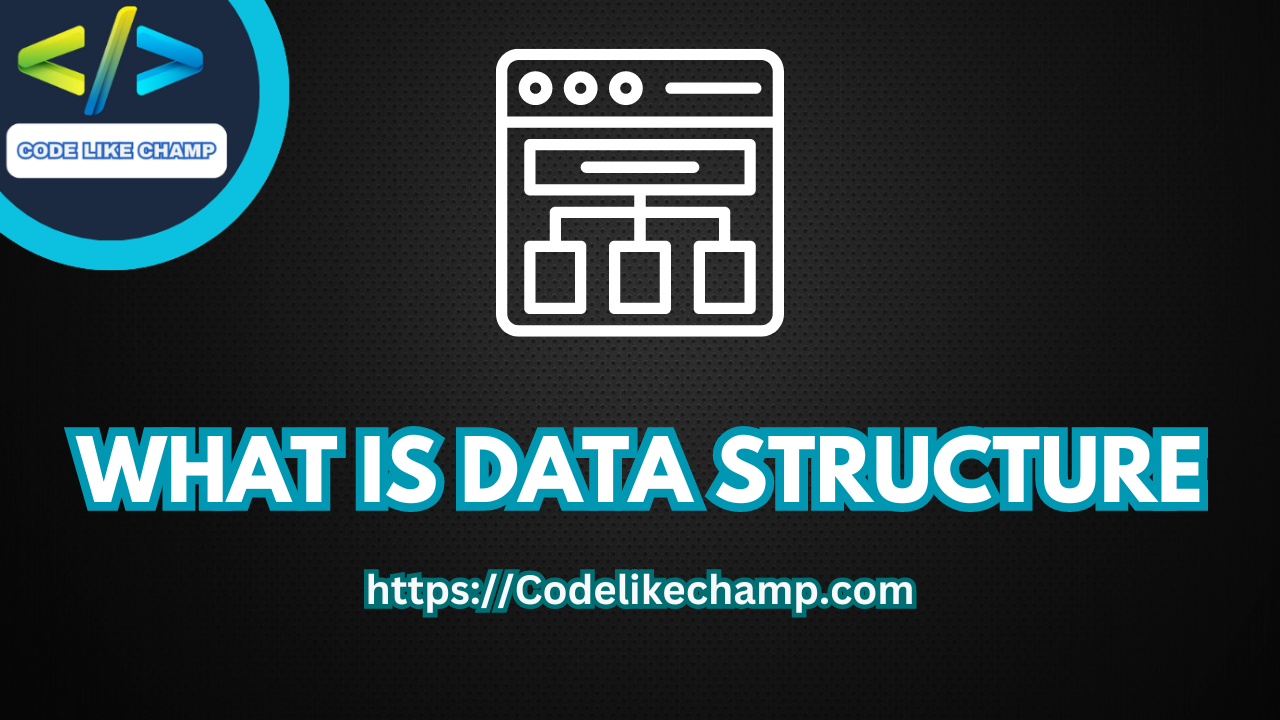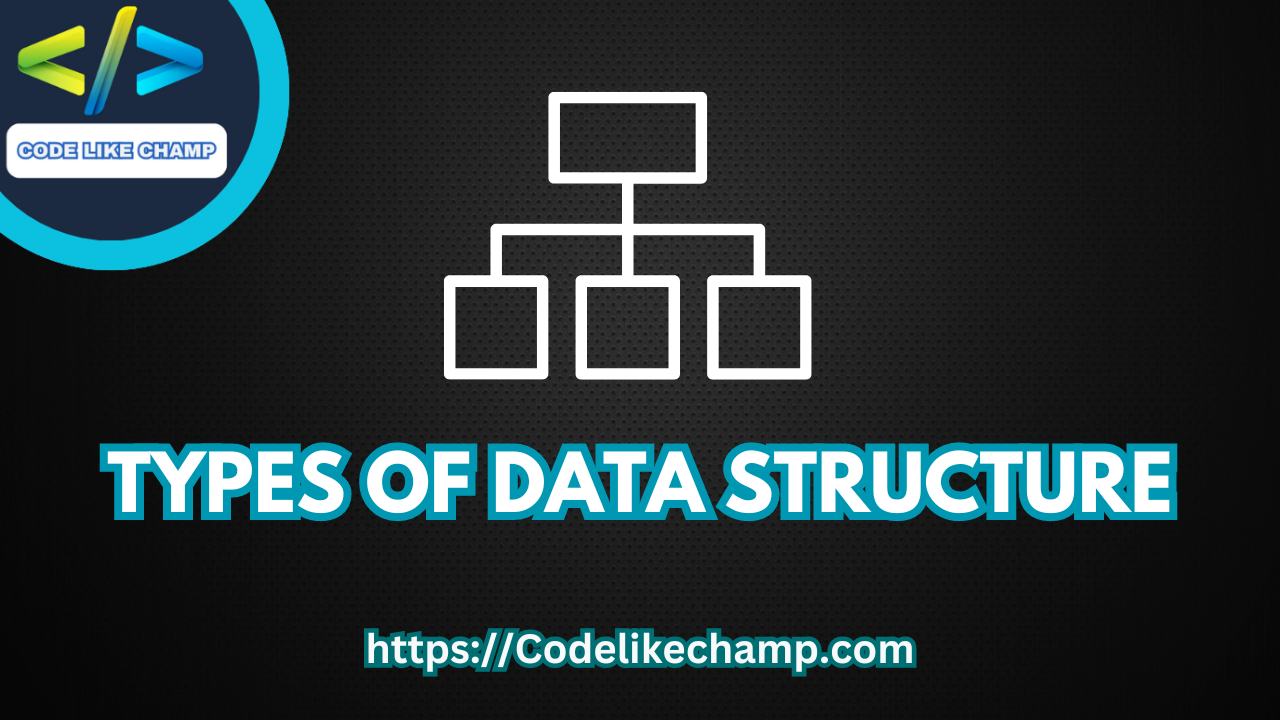Character Array in Data Structure
Introduction
In the realm of data structures, character array stand as fundamental building blocks, offering a wide array of applications across various programming languages. Whether you’re a beginner delving into the world of programming or an experienced developer seeking to deepen your understanding, character arrays play a pivotal role in manipulating textual data efficiently. In this comprehensive guide, we’ll explore the ins and outs of character arrays, their significance, types, advantages, and drawbacks across multiple programming languages.

What is a Character Array?
A character array, often referred to simply as a string, is a sequential collection of characters stored in contiguous memory locations. In simpler terms, it’s a data structure that holds a sequence of characters, such as letters, digits, and symbols. Each element within the array corresponds to a single character, with the entire array forming a string of text.
Why We Use Character Array in Data Structures
Character arrays serve as fundamental data structures in programming due to their versatility in handling textual data. They offer efficient storage and manipulation of strings, making them indispensable in various applications such as text processing, file handling, and user input management. By leveraging character arrays, programmers can perform tasks like string concatenation, comparison, and parsing with ease, facilitating the development of robust and efficient software systems.
WANT TO PRO IN DATA STRUCTURE JUST VISIT THIS PAGE IT WILL BE BENEFICIAL FOR YOU –>> DATA STRUCTURE
Characteristics of Character Array
Character arrays possess several key characteristics that make them well-suited for text manipulation tasks:
- Sequential Storage: Characters within a character array are stored in contiguous memory locations, enabling efficient traversal and manipulation.
- Fixed Size: In most programming languages, character arrays have a fixed size determined at declaration, ensuring predictable memory allocation and efficient memory usage.
- Mutable: Unlike some immutable string types, character arrays often allow for direct modification of individual characters, providing flexibility in string manipulation operations.
- Null-Terminated: Many character arrays are terminated by a null character (‘\0’), indicating the end of the string. This allows for easy determination of string length and prevents buffer overflows.
Types of Character Array
Character arrays can be categorized based on their declaration and usage:
- Static Character Arrays: Declared with a fixed size at compile time and typically used for storing known, constant strings.
- Dynamic Character Arrays: Created dynamically at runtime using memory allocation functions like
malloc()(in C/C++) or constructors (in languages like C# and Java), allowing for variable-sized strings.
Advantages of Characters Array
- Efficient String Manipulation: Character arrays offer efficient memory access and manipulation operations, making them ideal for tasks like string concatenation, searching, and parsing.
- Direct Memory Access: Unlike higher-level string objects, character arrays provide direct access to individual characters, allowing for low-level manipulation and optimization.
- Platform Independence: Character arrays are supported across a wide range of programming languages and platforms, ensuring portability and interoperability of code.
Disadvantages of Characters Array
- Fixed Size Limitation: Static character arrays have a fixed size, potentially leading to buffer overflow or underflow if the size is exceeded or insufficient for the stored data.
- Null-Termination Overhead: Null-terminated strings require an additional character for termination, increasing memory overhead, and potentially complicating string manipulation logic.
- Manual Memory Management: In languages like C and C++, dynamic character arrays require manual memory management, leading to potential memory leaks or segmentation faults if not handled properly.
Code Examples of Characters Array
Now, let’s delve into code examples showcasing the usage of character arrays in various programming languages:
Character Array in C
#include <stdio.h>
int main() {
char str[] = "Hello, world!";
printf("%s\n", str);
return 0;
}
Output:
Hello, world!
Character Array in C++
#include <iostream>
using namespace std;
int main() {
char str[] = "Hello, world!";
cout << str << endl;
return 0;
}
Output:
Hello, world!
Character Array in Python
str = "Hello, world!" print(str)
Output:
Hello, world!
Character Array in Java
public class Main {
public static void main(String[] args) {
char[] str = "Hello, world!".toCharArray();
System.out.println(str);
}
}
Output:
Hello, world!
Character Array in PHP
<?php $str = "Hello, world!"; echo $str; ?>
Output:
Hello, world!
Character Array in Javascript
let str = "Hello, world!"; console.log(str);
Output:
Hello, world!
Conclusion
In conclusion, character arrays serve as indispensable tools in programming, offering efficient storage and manipulation of textual data across various applications. Understanding their characteristics, advantages, and limitations equips developers with the knowledge needed to leverage them effectively in their projects. By mastering the art of working with character arrays, programmers can unlock a world of possibilities in software development, from simple text processing tasks to complex data manipulation algorithms. Embrace the power of character arrays, and elevate your programming skills to new heights!
For more visit my website Codelikechamp.com




